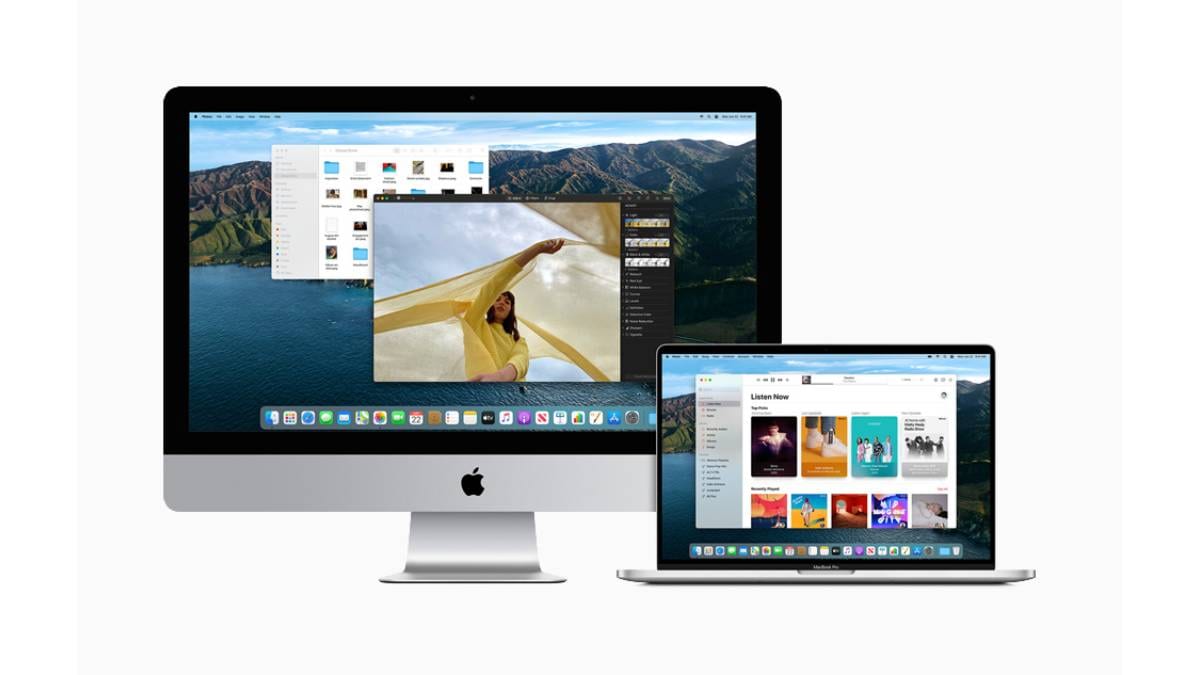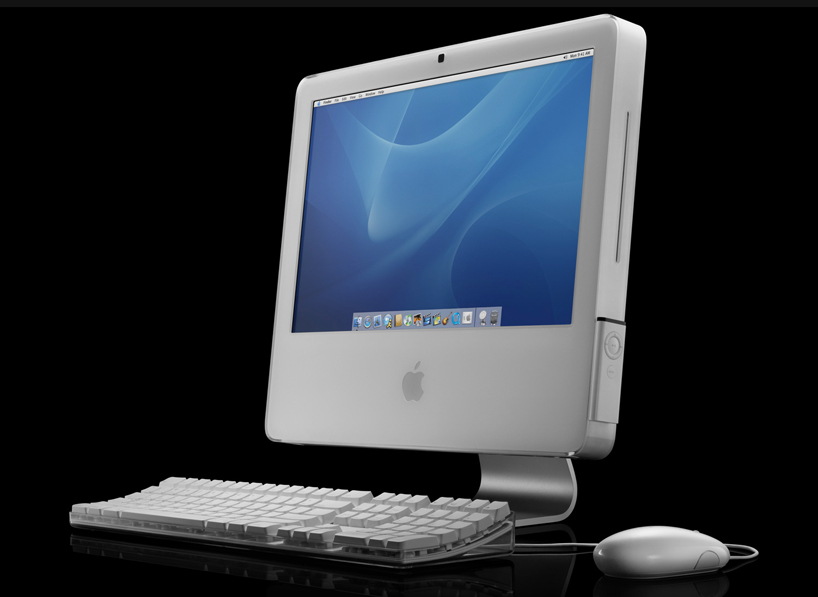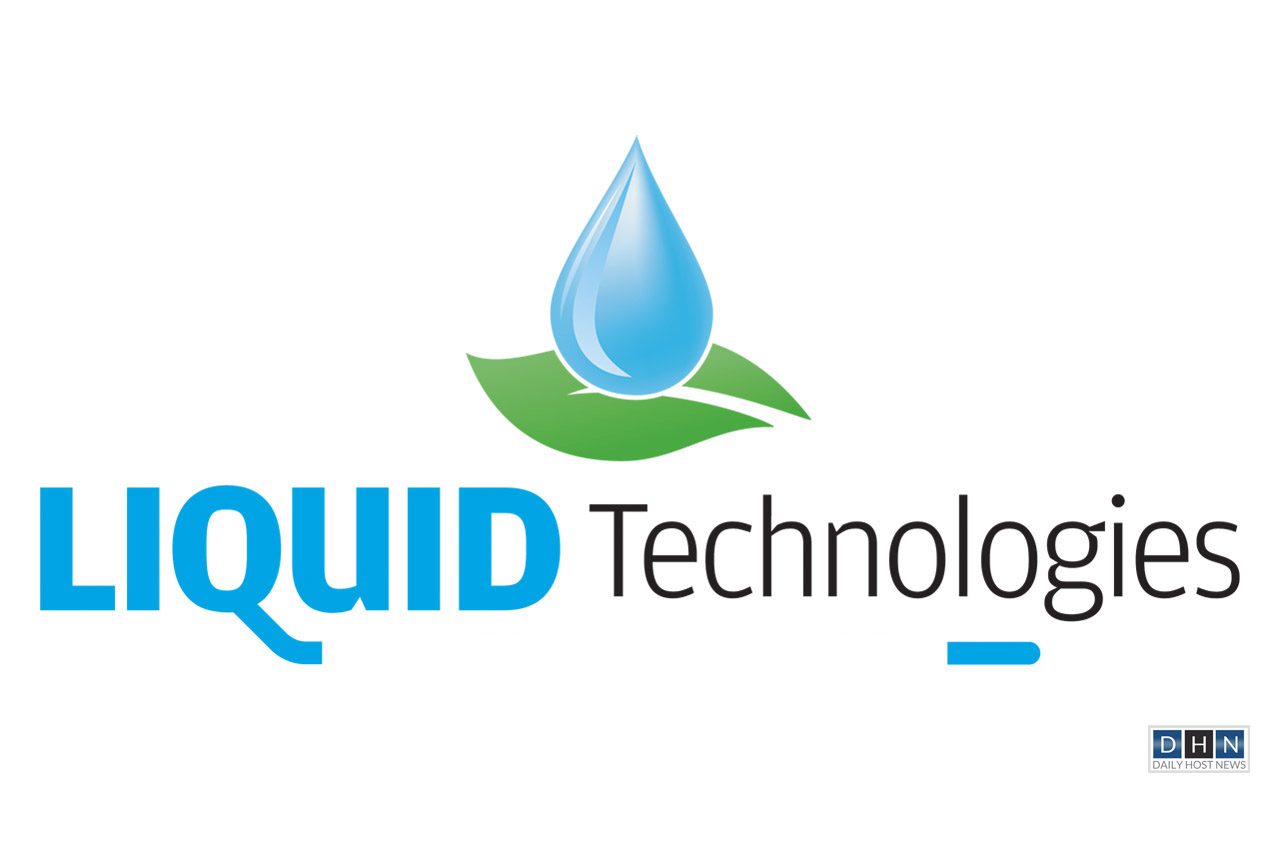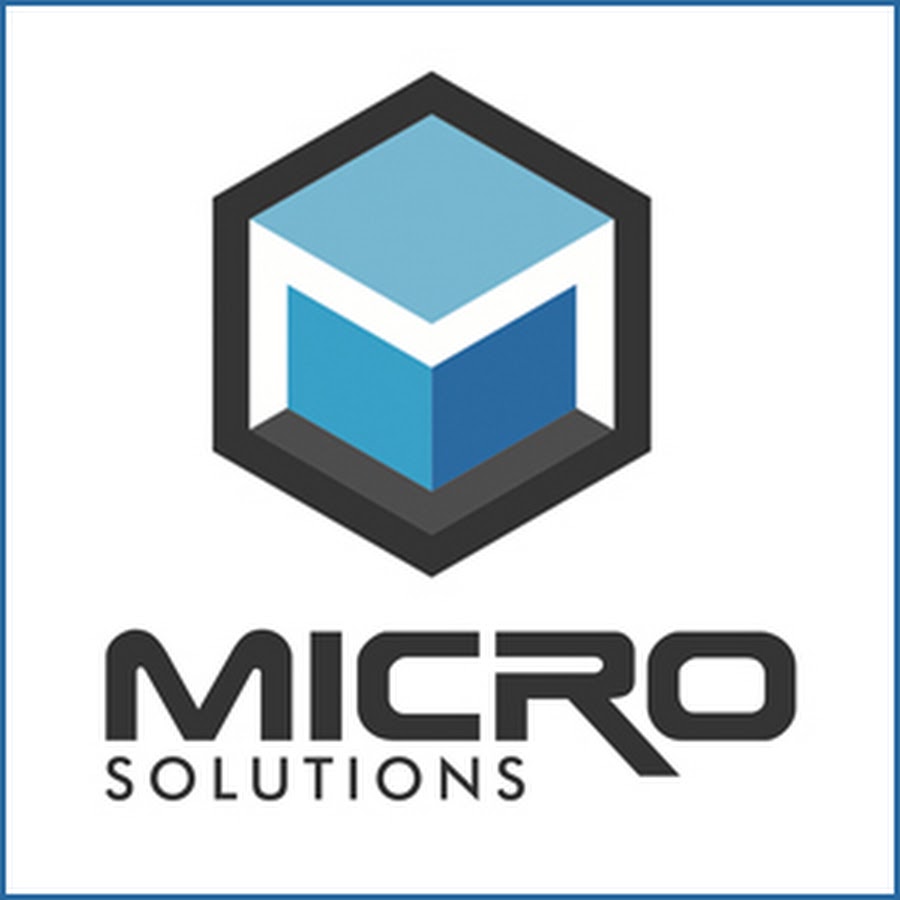Mac Technology: A History and Future
Mac technology, a name synonymous with innovation and design, has carved a unique path in the computing landscape. From its humble beginnings, Apple’s Macintosh has evolved into a powerful and […]

Mac technology, a name synonymous with innovation and design, has carved a unique path in the computing landscape. From its humble beginnings, Apple’s Macintosh has evolved into a powerful and versatile platform, influencing not only the way we work but also the way we interact with technology.
This journey is a testament to Apple’s unwavering commitment to user experience, pushing boundaries with intuitive interfaces, sleek hardware, and a focus on seamless integration. This article delves into the history, core features, and future direction of Mac technology, highlighting its impact on the world of computing.
History of Mac Technology
The Macintosh, affectionately known as the Mac, has a rich history spanning over four decades. From its humble beginnings as a revolutionary personal computer to its current status as a leading force in the tech industry, the Mac has left an indelible mark on the world of computing.
Early Years and the Rise of the Macintosh
The origins of the Mac can be traced back to the early 1970s when Xerox PARC developed the Alto, a groundbreaking personal computer with a graphical user interface (GUI). This innovative concept caught the attention of Apple co-founder Steve Jobs, who envisioned a computer that would be accessible and user-friendly. In 1984, Apple introduced the original Macintosh, a revolutionary machine that featured a GUI, a mouse, and a suite of intuitive applications.
- The Macintosh’s sleek design, user-friendly interface, and innovative applications, such as MacPaint and MacWrite, quickly captured the imagination of users.
- However, the early Mac faced challenges, including its high price and limited software availability.
- Despite these obstacles, the Mac gained a loyal following among creative professionals and educators.
The Evolution of the Macintosh
Over the years, the Macintosh underwent a series of significant transformations. Apple released several generations of Macs, each with its own unique features and innovations.
- The Macintosh 128K (1984) was the first commercially available Macintosh. It featured a 9-inch monochrome display, a 3.5-inch floppy disk drive, and a built-in keyboard.
- The Macintosh Plus (1986) introduced a larger 1-megabyte RAM capacity, a 400K floppy disk drive, and a built-in SCSI port.
- The Macintosh SE (1987) was the first Mac to offer a built-in hard drive, making it more powerful and versatile.
- The Macintosh II (1987) was the first Mac to feature a color display and support for external expansion cards.
- The PowerBook series (1991) introduced the first portable Macs, making computing more mobile and accessible.
- The iMac (1998) was a revolutionary all-in-one computer that combined a colorful design with a powerful processor and a sleek, compact form factor.
- The MacBook Pro (2006) was a high-performance laptop that offered professional-grade features and performance.
- The MacBook Air (2008) was a thin and lightweight laptop that redefined portability.
- The iPad (2010) was a tablet computer that combined the portability of a smartphone with the functionality of a laptop.
The Impact of Mac Technology
The Mac has had a profound impact on the tech industry and society as a whole. Its innovations have influenced the design and functionality of countless other computers and devices.
- The Mac’s graphical user interface (GUI) became the standard for personal computers, making them more accessible and user-friendly.
- The Mac’s emphasis on design and aesthetics has influenced the look and feel of many other products.
- The Mac’s focus on creativity and multimedia has inspired countless artists, designers, and musicians.
- The Mac’s reputation for reliability and security has made it a popular choice for businesses and professionals.
Core Features and Innovations: Mac Technology

The Mac operating system has been known for its user-friendly interface, powerful applications, and innovative features since its inception. This section will explore the key features and innovations that have shaped the Mac experience and set it apart from other operating systems.
User Interface and Design
The Mac user interface has been a defining characteristic of the platform. Its intuitive design, built around the concept of “point and click,” made computing accessible to a wider audience. The Mac’s graphical user interface (GUI) revolutionized the way people interacted with computers, providing a visual and intuitive way to navigate and manage files.
The Mac’s user interface has evolved over the years, but its core principles remain consistent. It emphasizes simplicity, consistency, and ease of use. The Mac’s user interface is known for its elegance and attention to detail, making it a pleasure to use.
Applications and Software
The Mac platform has always been home to a rich ecosystem of applications and software. Apple has developed a suite of powerful and user-friendly applications, including Pages, Numbers, Keynote, and GarageBand, that are included with every Mac.
Apple’s focus on creating a seamless and integrated software experience has been a key driver of the Mac’s success.
The Mac App Store offers a vast selection of third-party applications, catering to a wide range of needs and interests. From productivity and creativity tools to games and entertainment apps, the Mac App Store provides a platform for developers to reach a large audience.
Hardware Integration
Apple has always tightly integrated its hardware and software, ensuring a seamless and optimized user experience. The Mac’s hardware is designed to work seamlessly with its operating system, resulting in a highly efficient and responsive computing experience.
Apple’s control over both hardware and software allows for a level of optimization that is difficult to achieve on other platforms. This integration has resulted in a number of innovative features, such as the Retina display, Touch Bar, and Apple Silicon processors.
Security and Privacy
Apple has made security and privacy a top priority for the Mac platform. The Mac’s operating system incorporates a number of security features, including a built-in firewall, anti-malware protection, and strong password requirements.
Apple’s commitment to privacy is reflected in its data collection practices and its commitment to protecting user data.
Apple’s focus on security and privacy has helped to make the Mac platform a trusted and reliable choice for users.
Innovation and Future Direction
Apple has a long history of innovation, and the Mac platform continues to push the boundaries of computing. Recent innovations include the introduction of the Apple Silicon processor, which offers significant performance and efficiency improvements.
Apple’s focus on artificial intelligence (AI) and machine learning (ML) is expected to drive further innovation in the Mac platform.
The future of the Mac platform is bright, with Apple continuing to invest in research and development to deliver new and innovative features.
Hardware and Software Integration
The Mac’s success can be attributed, in part, to the seamless integration between its hardware and software. This tight coupling, a hallmark of Apple’s design philosophy, results in a user experience that is both intuitive and efficient.
Proprietary Hardware and Software
Apple’s strategy of controlling both the hardware and software components of its products has been instrumental in achieving this level of integration. By developing its own operating system (macOS) and designing its own hardware, Apple can ensure that the two work together harmoniously. This approach allows for a level of optimization that would be difficult to achieve with third-party components.
- Optimized Performance: The tight integration between hardware and software enables Apple to optimize performance, leading to a smooth and responsive user experience. For example, the macOS operating system is specifically designed to take advantage of the unique capabilities of Apple’s processors, graphics cards, and other hardware components.
- Improved Security: Apple’s control over both hardware and software allows for a more secure ecosystem. By designing and developing its own components, Apple can implement security measures that are deeply integrated into the system, making it more difficult for malicious software to exploit vulnerabilities.
- Seamless User Experience: The integration between hardware and software creates a consistent and intuitive user experience. For instance, the macOS interface is designed to work seamlessly with Apple’s hardware, such as the trackpad, keyboard, and display. This consistency across different Apple products enhances the overall user experience.
Future Directions of Mac Technology

The Mac has always been at the forefront of innovation, consistently pushing the boundaries of computing. As technology continues to evolve at an unprecedented pace, it’s exciting to speculate on the future directions of Mac technology. Building upon its rich history and current trends, Apple is poised to continue its legacy of groundbreaking advancements, shaping the future of computing.
Advancements in Hardware
Hardware advancements are essential for enhancing the performance, capabilities, and user experience of Macs. Here are some potential areas of focus:
- Next-generation processors: Apple’s in-house silicon chips, such as the M1 and M2 series, have already revolutionized Mac performance. Future iterations could see even more powerful processors with increased core counts, enhanced efficiency, and advanced features like integrated neural processing units (NPUs) for accelerated machine learning tasks.
- Improved display technologies: Macs are renowned for their stunning displays, and future models could incorporate even more advanced technologies like mini-LED backlighting for deeper blacks and higher contrast ratios, along with improved color accuracy and higher refresh rates for smoother visuals.
- Enhanced connectivity: With the rise of 5G and Wi-Fi 6E, future Macs could offer faster and more reliable wireless connectivity, allowing users to seamlessly connect to high-bandwidth networks and experience smoother streaming and file transfers.
Software Innovations
Software innovations are crucial for enriching the Mac experience and unlocking new possibilities. Key areas to watch:
- Enhanced operating system features: macOS is constantly evolving, and future versions could include advancements in areas such as multitasking, security, privacy, and accessibility. For instance, Apple could introduce more intuitive and powerful tools for managing multiple windows and virtual desktops, further strengthening the user experience.
- Integration with other Apple devices: The seamless integration between Macs and other Apple devices, like iPhones, iPads, and Apple Watches, is a key advantage. Future iterations could see even deeper integration, allowing users to effortlessly share files, data, and tasks across devices, creating a truly unified ecosystem.
- AI and machine learning: Apple is actively incorporating AI and machine learning into its products, and future Macs could benefit from these advancements. This could manifest in features like personalized recommendations, intelligent assistants, and improved image and video processing capabilities.
The Role of Mac Technology in Shaping the Future of Computing
Mac technology is not only about delivering powerful and user-friendly devices but also about shaping the future of computing. Here’s how:
- Focus on privacy and security: Apple has consistently prioritized user privacy and security, setting a high standard for the industry. Future Macs could further enhance these aspects, incorporating advanced security features and data encryption protocols, empowering users to take control of their digital lives.
- Sustainable computing: Apple is committed to environmental sustainability, and future Macs could incorporate eco-friendly materials and energy-efficient components, contributing to a greener future for computing.
- Accessible technology: Apple is dedicated to making technology accessible to everyone, and future Macs could incorporate innovative features that enhance accessibility for users with disabilities, promoting inclusivity in the digital world.
Final Review
Mac technology has come a long way, and its future holds exciting possibilities. As technology continues to advance, Mac technology will undoubtedly play a crucial role in shaping the future of computing, offering a blend of power, elegance, and user-centric design that continues to inspire and innovate.
Mac technology has become a staple in many workplaces, known for its user-friendly interface and reliable performance. However, implementing and managing a large-scale Mac deployment requires specialized expertise, which is where advanced technology services human resources can be invaluable.
These services can help streamline processes, optimize resource allocation, and ensure your Mac infrastructure runs smoothly, allowing your employees to focus on their core tasks. From managing updates to troubleshooting issues, a dedicated team can help keep your Mac environment secure and productive.










